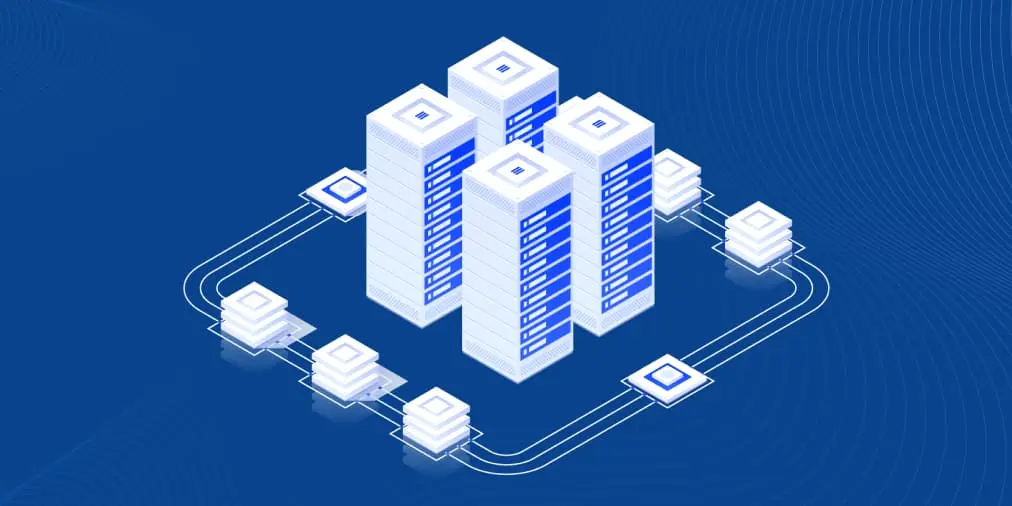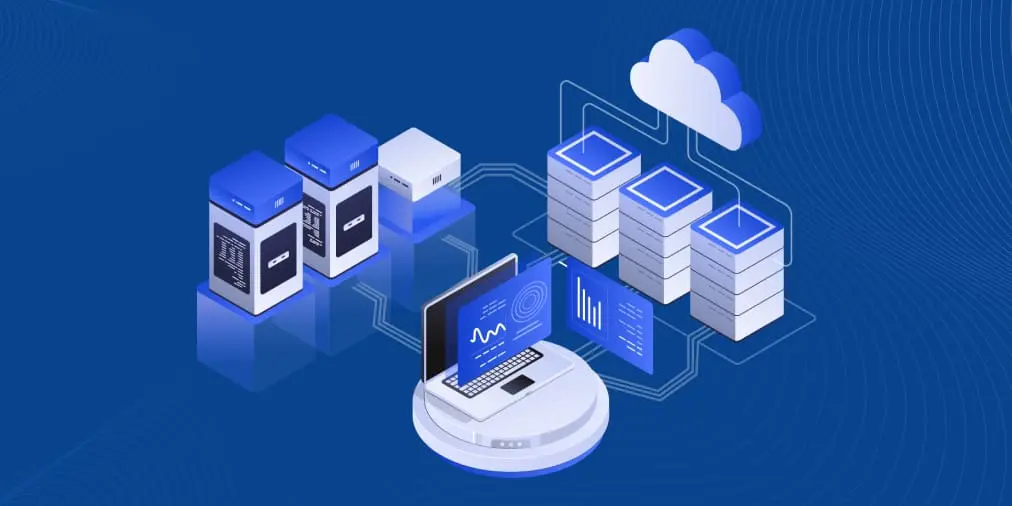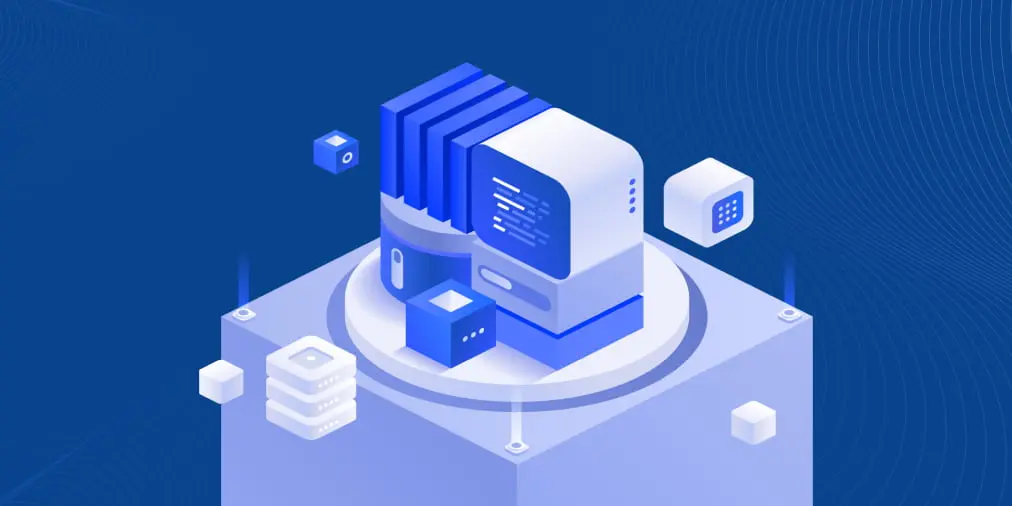VMware ESXi vs vSphere vs vCenter: Key Differences
VMware offers a wide range of products, and understanding the different use cases for these products may be overwhelming if you’re new to VMware. In this blog post, we cover the differences between three commonly used technologies in VMware environments: vSphere, ESXi, and vCenter. Note though that any ESXi vs. vSphere vs. vCenter comparison should start with a caveat: these technologies are complementary rather than substitutes for each other:
- vSphere is VMware’s enterprise virtualization platform and the basis for cloud-based infrastructures.
- vCenter Server is the centralized platform for managing vSphere environments, used for assigning roles to users, creating new VMs, searching the inventory, and much more.
- ESXi is the hypervisor enabling the deployment of virtual machines.
What Is VMware vSphere?
As defined by VMware, vSphere is an enterprise-scale virtualization platform. In fact, vSphere is the brand name for VMware’s suite of virtualization products and features. This solution allows you to build a reliable and resilient infrastructure to suit basically any business needs while staying on budget.
The functionality of vSphere greatly helps existing data centers shift to cloud computing, and offers a means of increasing hardware utilization from 5–15% to as much as 80% or higher without compromising on performance. One of the benefits of vSphere is its potential to reduce unplanned downtime and fully eliminate downtime required for storage and server maintenance.
Here is a brief overview of vSphere functionality:
- Virtual data center management: Create and manage multiple VMs with ease.
- Migration: Perform live migration of your workloads and maintenance of your datacenters without downtime.
- Support for remote locations: Manage your remote offices with little to no local IT administrators.
- Flexibility: Build an environment to satisfy your needs using vSphere and the VMware stack, and open-source frameworks, such as OpenStack or VMware’s Integrated OpenStack add-on.
A comprehensive description of the vSphere functionality and features would need a separate blog post. VMware calls vSphere “the heart” of a modern software-defined data center (SDDC), which allows you to run, manage, connect, and protect your applications in a common environment across multiple clouds.
vSphere vs ESXi: Virtualization Platform and Hypervisor
ESXi is a hypervisor, or a type of virtualization software that allows you to create and manage multiple virtual machines using a single physical host. ESXi is installed directly on a physical machine, meaning that it is a bare-metal hypervisor. Unlike ESX, its predecessor, ESXi operates independently from any general-purpose OS, which greatly enhances security and simplifies management. Additionally, the architecture of ESXi allows you to speed up the process of deployment and configuration.
One of ESXi’s key benefits, touched on above, is the security level it provides. ESX and ESXi are equivalent in terms of functionality and performance. The difference lies in the architecture. In ESXi, the Linux-based service console has been replaced with new remote command line interfaces. This offers a way to reduce the on-disk footprint to less than 32 MB (as opposed to 2 GB in ESX 3). In turn, a smaller footprint allows you to reduce the overall attack surface.
A virtual representation of the processing and memory resources of a physical machine running ESXi is known as a host. Two or more ESXi-can be grouped into a cluster. You can dynamically add or remove the machines running ESXi from a cluster, and partition the processing and memory resources from hosts and clusters into a hierarchy of resource pools.
What Is VMware vCenter Server?
VMware vCenter Server allows for centralized management of your virtual infrastructure. You can control your hosts and VMs from a single console, which enhances visibility and helps with error prevention.
vCenter Server allows you to optimize routine operations and daily tasks, even if you are managing a large-scale infrastructure. With this functionality, you receive an in-depth insight into the configuration of the key components of your environment. The HTML 5-based vSphere Client provides you with an access to the key functions of vSphere from any browser.
Overall, you can run hundreds of workloads, thus reducing the effort required for managing physical environment of the same scale by more than two times. Additionally, the vCenter Server is now running VMware’s own Photon OS, meaning that there is no need to bother with any third-party patches or upgrades. Some of the key features of vCenter Server include:
- Single sign-in: Allow users to access the vCenter Server instances without further authentication after they log in once.
- Inventory search: Access your VMs, hosts, datastores, and networks in one click.
- Extensibility and scalability: Run up to 2,000 hosts and 35,000 VMs with a single instance of vCenter Server.
- Alerts and notifications: Reduce the problem-solving times with triggers that automatically start the workflows required to prevent or remedy the emerging issues.
- Host profiles: Capture the configuration of your host, including the networking, storage, and security settings, to deploy them to other hosts.
The list of vCenter Server features can go on and on. Overall, its key benefit is that it allows for centralized and proactive management of your entire infrastructure, helping you meet the ever-growing demands of your business.
ESXi vs vSphere vs vCenter: How They Interact
Summing up, vSphere is the name for VMware’s entire cloud computing virtualization platform. Its mission is to let you virtualize and aggregate the resources of the underlying physical hardware, and provide pools of virtual resources to your datacenter.
In turn, ESXi and vCenter Server are two of the components of vSphere. ESXi, the hypervisor, is the virtualization layer that runs directly on physical servers. Its core function is to abstract the resources of the host, such as CPU, memory, and storage capacities, into multiple VMs. vCenter Server can be called a point for centralized configuring, provisioning, and managing the virtual infrastructure. The functionality of vCenter Server allows you to control access permissions, monitor performance, and set up notifications. To connect remotely to vCenter Server, you can use either vSphere Client or vSphere Web Client. With vSphere Client, you can establish a connection from any Windows-based PC, while vSphere Web Client allows you to access vCenter Server from a browser or other operating systems .
Experience shows that even with a large number of applications installed, most physical machines remain underused. VMware vSphere addresses this issue, allowing you to allocate resources in a more efficient way. A single physical machine can be used to create multiple independent VMs, each running different OS and applications. Similarly, you can virtualize your entire infrastructure, even if it consists of hundreds of interconnected physical machines and storage devices.
Consider using a reliable data protection solution to safeguard data in your VMware-based infrastructure. With NAKIVO Backup & Replication you can easily back up and replicate live VMs and all their application data to eliminate data loss risks, reduce downtime, and cut down expenses associated with responding to and recovering from a disaster.






